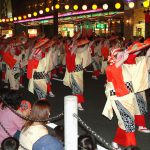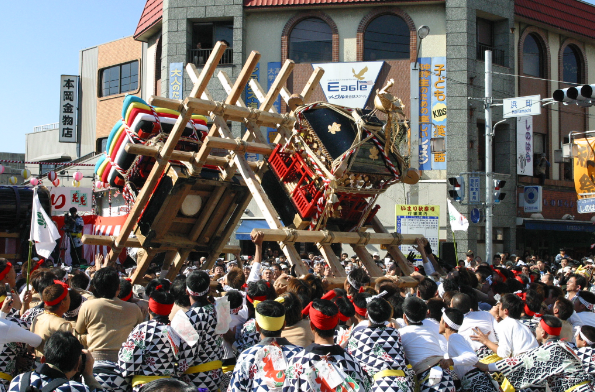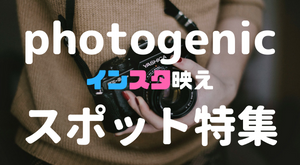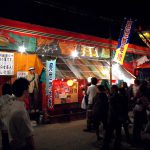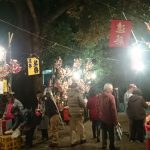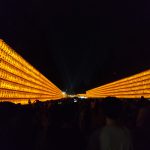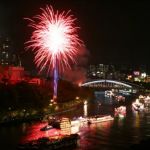Nagoya City: The Third Most Populous City in Japan
Nagoya City, excluding Tokyo’s special wards, is the third most populous city in Japan, following Yokohama and Osaka. The city is brimming with a wide range of tourist attractions and culinary delights.
If you want to explore Japanese history and culture, Nagoya Castle, Tokugawa Garden, and the Osu Kannon Shopping District, known as the “Asakusa of Nagoya,” are highly recommended. For family visits, the Nagoya Port Aquarium and the Nagoya City Science Museum are ideal destinations.
A slightly lesser-known spot is the Nagoya Daibutsu at Togenji Temple. Standing about 10 meters tall, this green Buddha with golden lips is a hidden gem known to locals.
Nagoya is also famous for its local cuisine, such as hitsumabushi (grilled eel on rice), Nagoya Cochin chicken, Taiwan ramen, and miso katsu (pork cutlet with miso sauce), among many others. Be sure to try these specialties when you visit Nagoya.
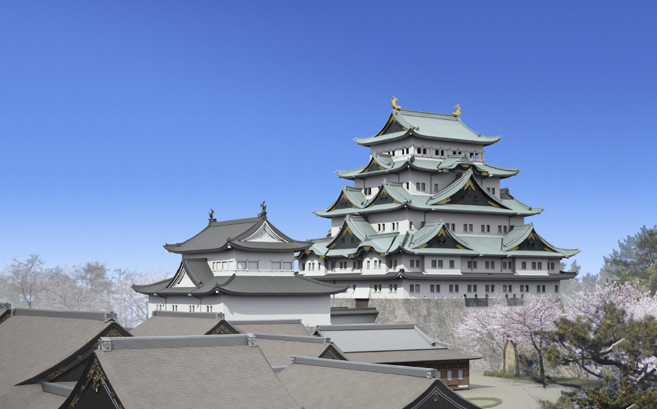
Source: Official Nagoya Castle Website
Let’s Go to the Atsuta Festival!
Location: Atsuta Shrine and surrounding areas
Dates: Early June annually
Access: 3-minute walk from Jingu-mae Station on the Meitetsu Nagoya Main Line
8-minute walk from Atsuta Station on the JR Line
URL: http://www.atsutajingu.or.jp/jingu/shinto/reisai.html (Official Atsuta Shrine Website)
The Atsuta Festival is the most important festival held at Atsuta Shrine in Nagoya City. It is also known as the “Shobu Festival.” During the festival, an imperial envoy is dispatched to Atsuta Shrine, where offerings are made to pray for the prosperity of the imperial family and the peace of the nation.
The origins of the Atsuta Festival date back to the mid-Heian period when an epidemic broke out in the Owari region. Prayers were offered to dispel the disease, which subsequently subsided. Thereafter, local people began to offer festivals in thanks.
On the day of the festival, the Atsuta Shrine precincts are filled with stalls and vendors, and kagura (Shinto dance and music) performances are held in various locations. In the evening, the festival culminates with the dedication of “Kento Makiwara” lanterns and a fireworks display, adding to the excitement of the Atsuta Festival.
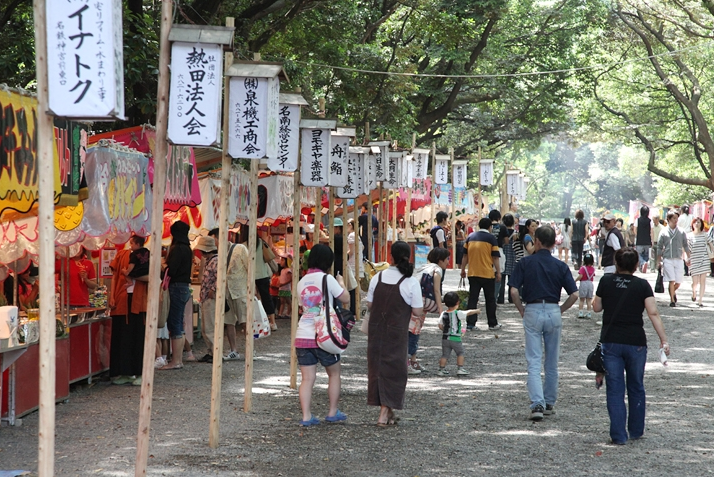
Source: Network2010
The Spectacular Collaboration of Lanterns and Fireworks
In the evening, the “Kento Makiwara” lanterns, which are lit as offerings, are displayed in a hemispherical arrangement with 365 lanterns, representing the days of the year. There is a pole at the top with 12 lanterns representing the months. The dedication of the Kento Makiwara is carried out to pray for good health and safety throughout the year.
Additionally, fireworks that announce the arrival of summer in the Tokai region are launched, elegantly adorning the sky above the festival grounds, which are imbued with a mystical atmosphere created by the makiwara lanterns.
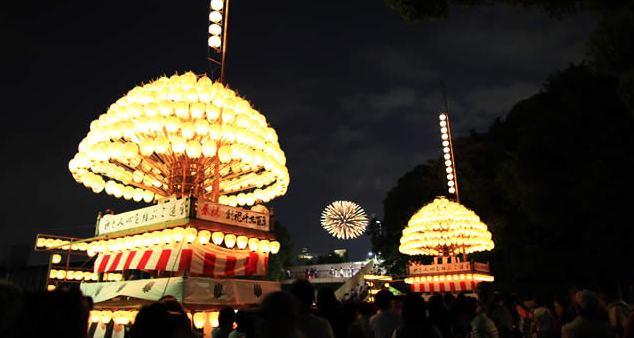
Source: Event Checker
Starting to Wear Yukata at the Atsuta Festival
It is a local custom to start wearing yukata (summer kimono) from the Atsuta Festival, indicating how important this festival has been to the local community for many years.
When you visit the Atsuta Festival, it is highly recommended to participate in a yukata. Witnessing the extraordinary sights and feeling the onset of early summer is a unique experience not to be missed.
Featured Image: Credit to Network2010
(Editor: 千八乃)




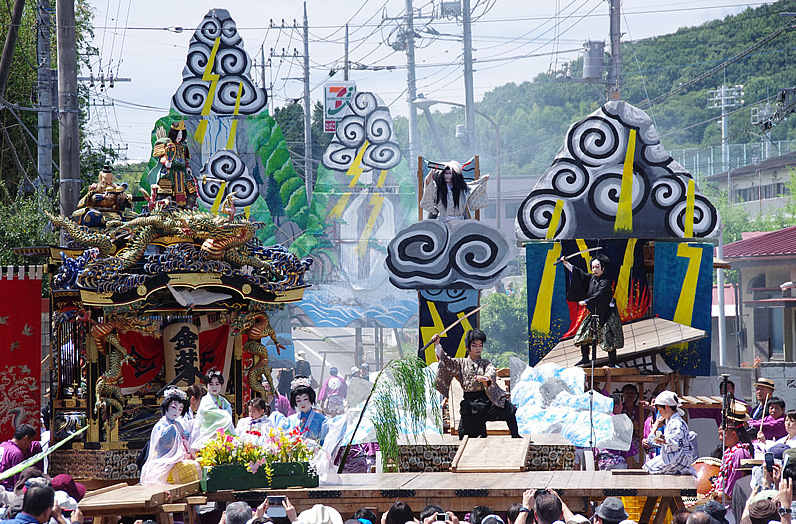
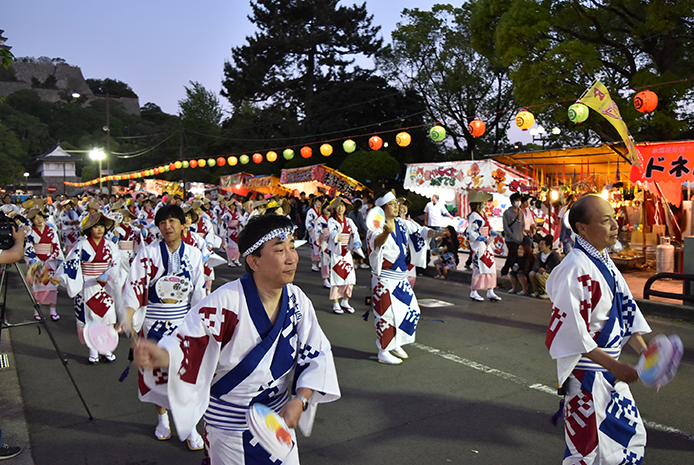
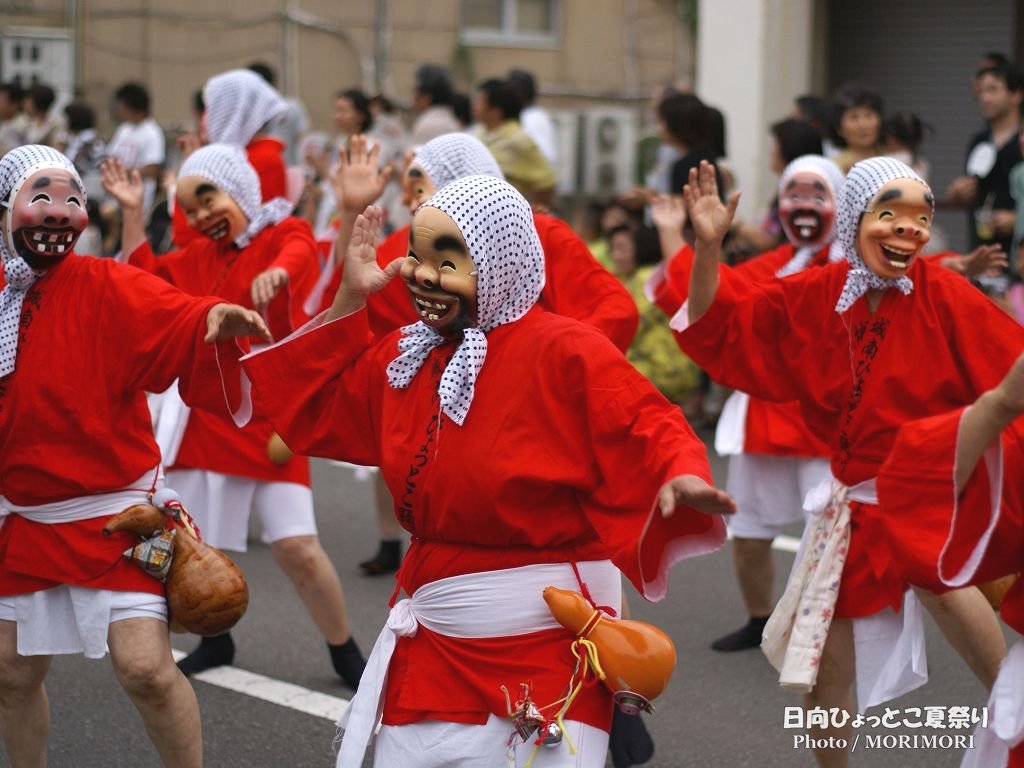
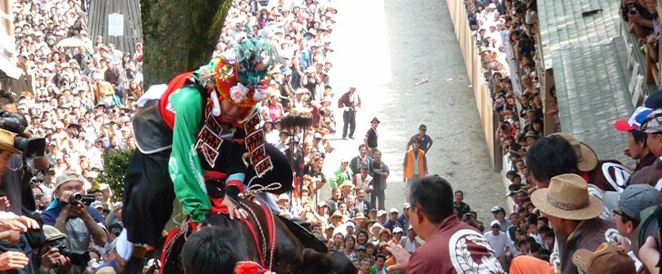

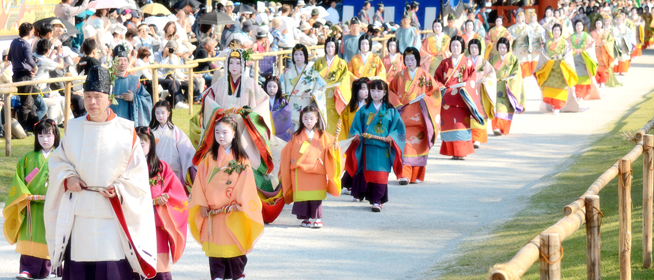
.png)
